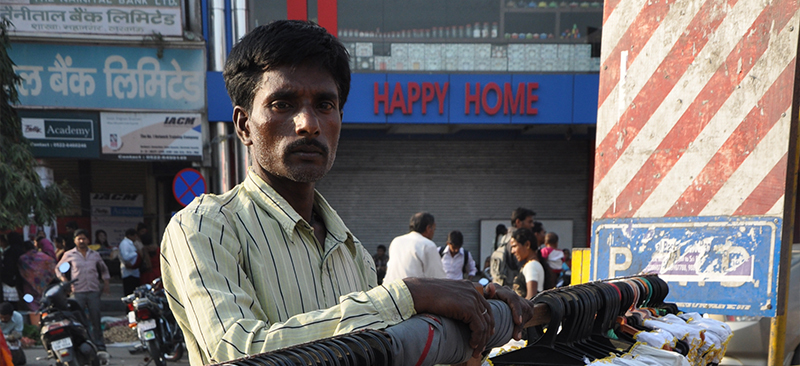
BSR commissioned MSC to conduct detailed quantitative research as a follow up to its preliminary qualitative research. The objective was to understand the difference in terms of gender with regard to the financial needs, behaviors, and challenges of RMG factory workers.
The research framework had two major pillars. The first was around access to financial products and services and their use, opportunities, and challenges for women garment workers as compared to their men counterparts. The second pillar covered the intended and unintended consequences of better financial inclusion, such as social behavior, financial decision-making in the household, savings and investment behavior, borrowing behavior, among others.
MSC conducted a secondary review of the Digital Financial Services (DFS) landscape, especially in the context of women in RMG factories. We conducted a quantitative study to understand the usage and adoption of DFS products and channels among RMG workers and disaggregated the analysis in terms of gender.
The findings indicated that women workers in the RMG factories have an active financial life but are more likely to struggle to operate their accounts at both ATMs and bank branches. The study also noted a significant gender gap in mobile ownership and mobile literacy—the entry points to the adoption and usage of DFS. Only a few women used services other than basic calls and SMS on their mobiles. Their uptake of financial services through mobiles was lower than that of men. Subsequently, MSC and BSR conducted a learning workshop together to disseminate the findings to the stakeholders.
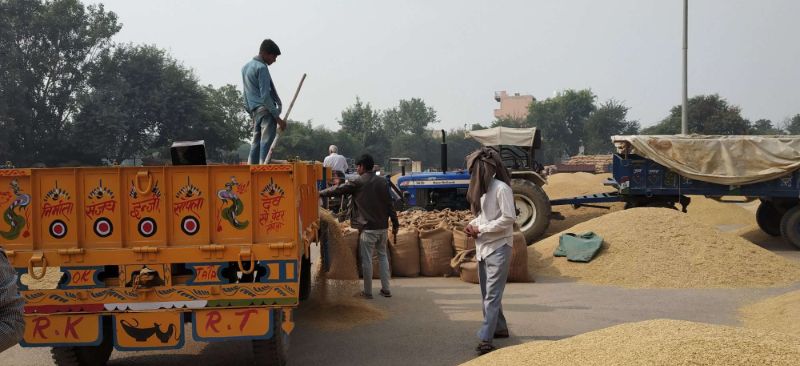
On the request of the Government of India’s policy think tank, NITI Aayog, MSC conducted a nationally representative study on Direct Benefits Transfer (DBT) in fertilizer across four consecutive rounds concurrent to the scale-up of the program. DBT is a program that the Government of India launched to transfer the benefits and subsidies of various social welfare programs directly in the bank account of the beneficiary. The objective of the fourth round of the study was to understand the on-ground implementation status of the pan India roll-out of the Aadhaar-enabled fertilizer distribution system. The study assessed the effectiveness of the roll-out when the demand is at its peak, specifically during the Kharif season (July to October), and looked at the issues and challenges in implementation.
For the study, MSC adopted a mixed-methods study design comprising quantitative and qualitative components. The quantitative research was designed to provide national and state-level point estimates about key indicators on the status of implementation. The research used a nationally representative sample of 11,281 farmers and 1,182 retailers from 54 districts of 18 states.
The study highlighted that in the first year of operations, the DBT-Fertilizer program helped the Government of India save USD 1.54 billion. The preference for a system based on Aadhar (India’s digital identity system) has increased among the farmers but it has remained constant among retailers. The study also led to specific recommendations on technology and operations, among others.

MSC conducted a rigorous impact evaluation of Program Keluarga Harapan (PKH), Indonesia’s flagship conditional cash transfer (CCT) program, to generate practical insights for the Ministry of Social Affairs (MoSA). The evaluation assessed the impact of PKH on key welfare outcomes, which included household consumption, education, and health-seeking behaviors. It also explored beneficiary perceptions of the remodelled delivery mechanism that shifted payments to bank accounts.
Alongside impact metrics, MSC assessed operational efficiency and user experience around the new bank-based delivery system. This provided MoSA with a more comprehensive idea of implementation bottlenecks and opportunities to strengthen systems.
MSC used a mixed-methods approach with a modified regression discontinuity design (RDD) to ensure impactful, counterfactual analysis. The quantitative component included surveys with 1,466 beneficiaries and 1,437 non-beneficiaries from Indonesia’s Unified Beneficiary Database (UDB). The qualitative research featured 24 in-depth interviews with beneficiaries and program facilitators to capture behavioral and perceptual nuances often missed by survey data.
The evaluation revealed that PKH beneficiaries had an increase of 3.8% in total monthly expenditures compared to non-beneficiaries, with an increase of 11.8% for non-food expenditures. Although beneficiaries spend less on education and health, the differences were statistically insignificant. These numbers suggested potential substitution effects or delayed behavioral responses.
The Ministry of Social Affairs (MoSA), Indonesia, commissioned the project.
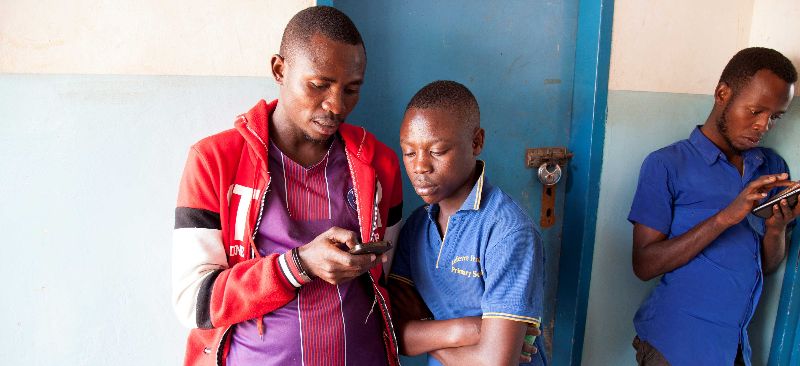
MSC was commissioned by the Social Performance Task Force (SPTF) and The Smart Campaign to develop a research report to understand the changes in the ecosystem of digital credit in Kenya. The study consolidated key findings from the analytics of supply-side data. The analytics was supplemented by insights from the demand-side qualitative research and secondary research. We also gathered customer insights like user experience with the product obtained through a mock-application review exercise.
We analyzed the data analytics used anonymized supply-side data from 14 suppliers including banks, MNO-linked banks, MFIs, and FinTechs that offer digital loans. The merged dataset contained 19 million loan details on 6.7 million unique borrowers. Our process generated results at the aggregate level to eliminate the possibility of having any insights interpreted differently.
The insights suggest that the number of digital loans issued has approximately doubled in the past two years. A few other key insights are as following:
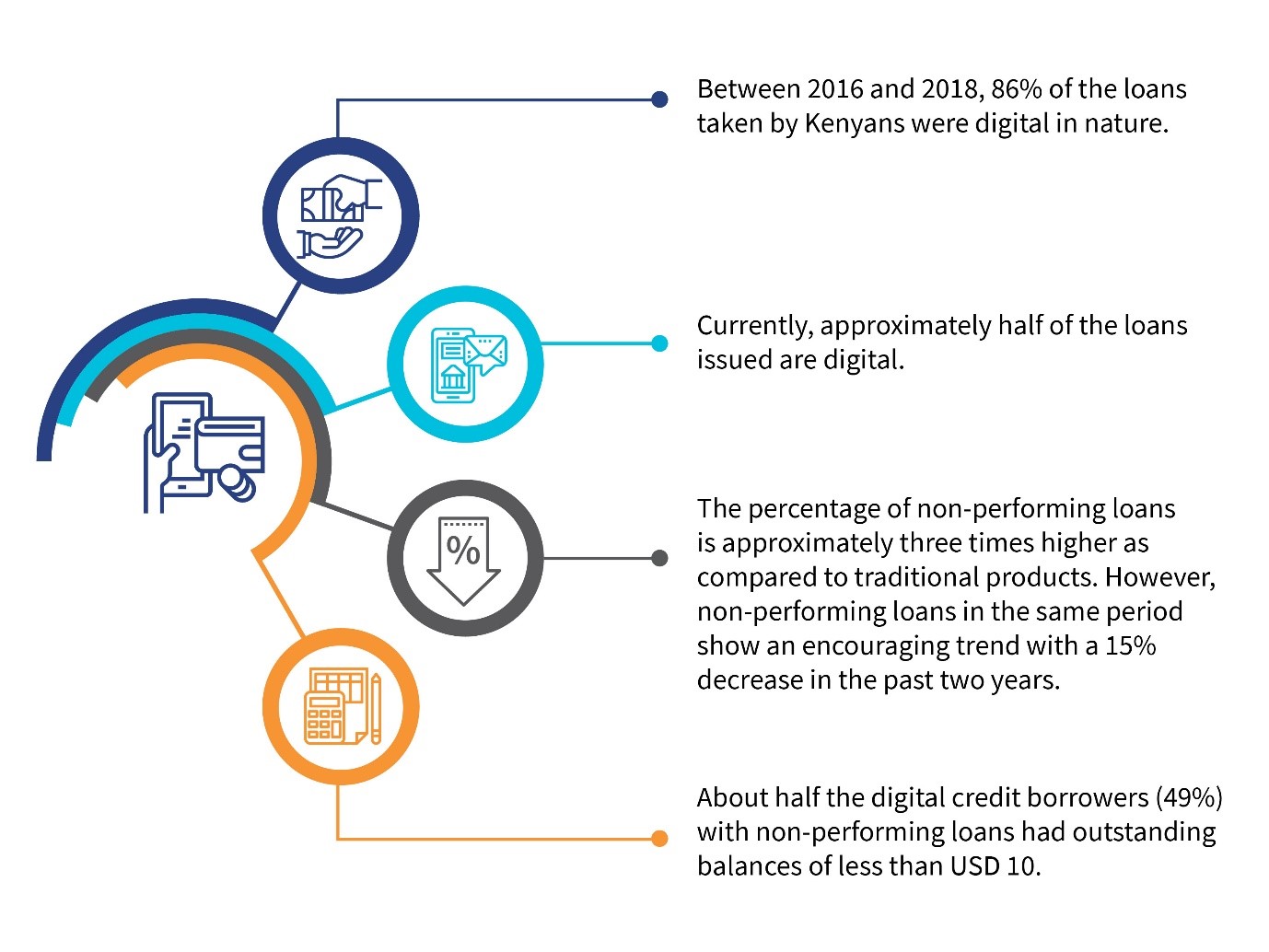
Based on study findings, MSC’s recommendations ranged from data reporting and quality, customer protection, identity fraud, defaults of low-value loans to the loan pricing, and over-indebtedness of consumers, among others. Our team along with SPTF hosted webinars in English, Spanish and French to generate discussion on the key findings.
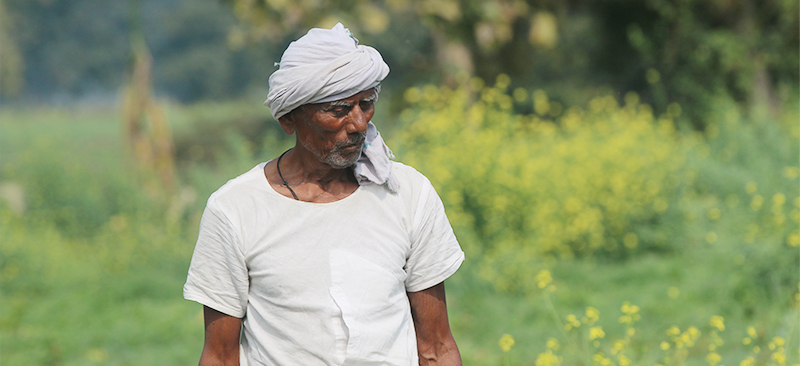
MSC undertook a study to optimize agent networks in two blocks—one each from the states of Maharashtra and Bihar of India. The objective was to understand the current landscape of financial services in the two blocks along with potential new agent locations and agent types. The geospatial analysis was conducted using mobile applications, such as ODK Collect and GPS Essentials, to collect the data and QGIS software for analysis.
The team mapped the geographical locations of all agent points, bank branches, and post offices to analyze the penetration of banking services in the respective blocks. MSC also mapped non-banking government infrastructure setups, such as primary health centers, panchayat offices, and Fair Price Shops (FPS) along with common service centers (CSCs) and commercial establishments like grocery stores, mobile recharge shops, and computer centers. This helped explore the potential of using these locations as alternative points to access the financial services.
Based on the analysis, MSC identified the following issues in the country that require specific action plans to enhance financial inclusion:
• The service area approach produced mixed results, mostly due to the lack of monitoring of its implementation.
• In areas where BC agents flourish, the support infrastructure needs strengthening to function smoothly. An example of such a method is agent segmentation, wherein agents can be classified into two types—relatively sophisticated sales agents and basic service agents. The ANA India Report of 2017 revealed that 74% of BC agents faced challenges in the rebalancing process, with long travel time being the major barrier. The sales agents can act as rebalancing points for service agents to help solve the problems related to liquidity that the agents face.
• Given the fact that certain areas are underserved or unserved due to a lack of a business case, we need to identify potential agents who are already engaged in other businesses in the area. People running fair price shops, common service centers, and post offices are examples of such potential agents identified by MSC’s analysis. The policymakers should develop a framework to identify businesses, establishments, and people who can be potential agents.
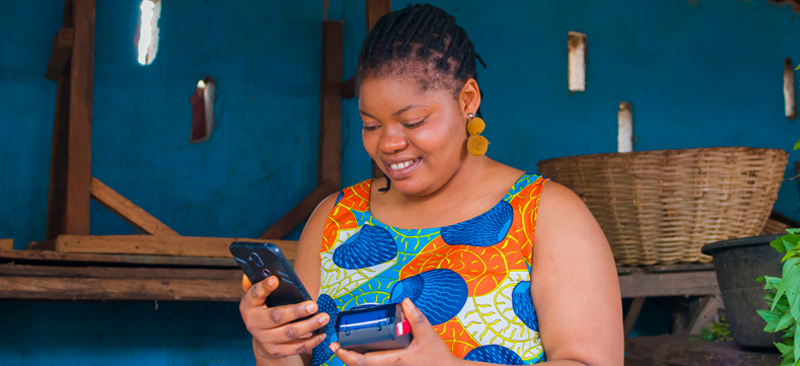
In Kenya, the demand for digital credit is strong as a substitute for both informal and formal financial services is strong. Digital credit can harness significant financial inclusion for the demand side and commercial benefits for the supply side. There is room to enhance customer experience and protect well-being. Additionally, current ambiguities in regulation and unequal access to data between disparate providers have an impact on competition. By extension, the hurdles hinder the quality of service, fair prices, and consumer protection standards.
Given the rapid evolution of the digital credit landscape in Kenya, MSC evaluated the progress and challenges in the sector and proposed recommendations towards a more responsible delivery of digital credit. We developed a research report on the changes in the digital credit ecosystem in Kenya, building on our previous work in analytics and behavioral research. This study consolidated key findings from recent secondary research and is supplemented by customer insights, including product user experience through a mock-application review exercise as well as data analytics of supply-side data.
Clients appreciate the convenience and speed of accessing digital credit. However, some core issues remain, including:
• Insufficient oversight due to ambiguous regulation of financial institutions and lack of regulation of fintechs.
• High rates of delinquency in digital credit and the associated negative listing of customers defaulting on low-value digital loans.
• Interest rates are still high, despite the promise of technology to transfer value to customers.
• Lack of channels to understand the needs of clients or create products that are adapted to them or do both, which threatens digital exclusion for specific customer segments.
• Inadequate customer protection practices, particularly concerning prevention of over-indebtedness, transparency, client recourse mechanisms, and privacy of client data.
• Confusion or dissatisfaction, or both in the user experience due to a “low touch” approach.
The study was commissioned by SPTF and the Smart Campaign, a project of the Center for Financial Inclusion at Accion. It was made possible through the generous contributions of Agence Française de Développement (AFD).






